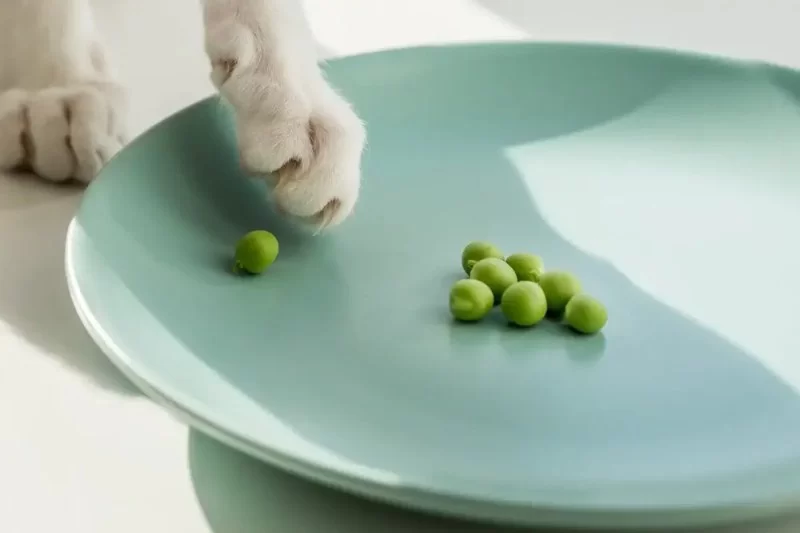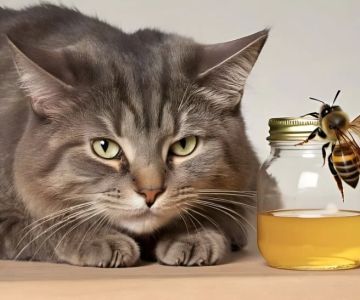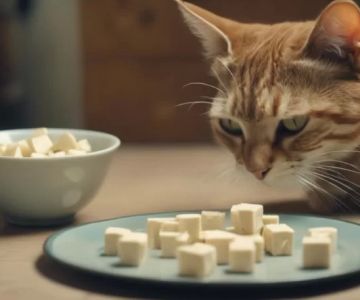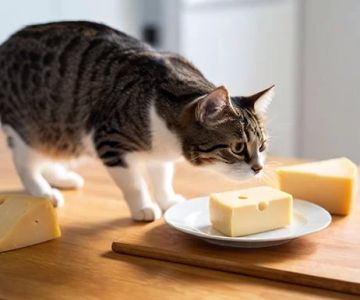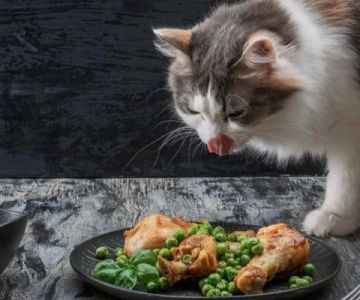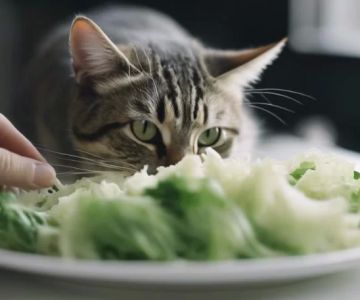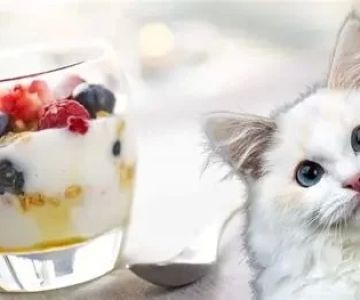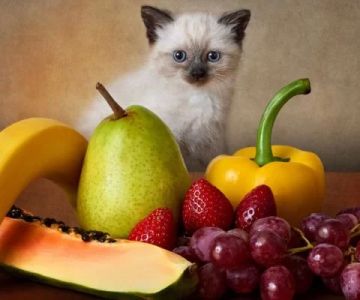- 1-can-cats-safely-eat-green-peas
- 2-nutritional-benefits-of-green-peas-for-cats
- 3-potential-risks-of-feeding-peas-to-cats
- 4-how-to-introduce-green-peas-into-your-cats-diet
- 5-real-cat-owner-experiences-with-green-peas
- 6-when-to-consult-a-veterinarian-about-dietary-changes
- 7-why-hidden-brook-veterinary-recommends-mindful-feeding
1. Can Cats Safely Eat Green Peas?
It’s a common question among cat owners: Can cats eat green peas? The short answer is yes—green peas are generally safe for cats to eat in moderation. These tiny green vegetables can actually provide a small nutritional boost when served properly. However, peas should never replace a cat’s main diet, as cats are obligate carnivores and require animal protein to thrive.
When given as a treat or small supplement, peas can offer fiber, vitamins, and a satisfying texture that many cats enjoy. Some high-quality commercial cat foods even include peas as a source of plant-based nutrients and carbohydrates. Still, it’s essential to serve them correctly and in limited quantities to avoid digestive issues.
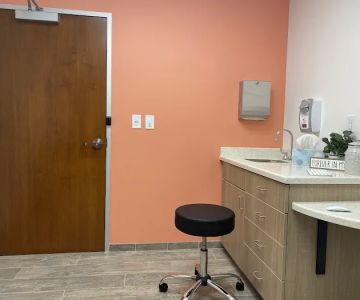
5 Market Point Dr, Greenville, SC 29607, USA
See Details2. Nutritional Benefits of Green Peas for Cats
Green peas are packed with beneficial nutrients like vitamins A, B, and K, as well as iron, potassium, and fiber. These nutrients can help support your cat’s immune system and digestion when added to their diet in small amounts. The natural antioxidants in peas may also help reduce inflammation and promote overall wellness.
Fiber is particularly helpful for cats that struggle with hairballs or mild constipation. Just a few peas can aid in maintaining regular bowel movements. The mild sweetness of peas also makes them more palatable for cats than many other vegetables. However, because cats derive most of their energy from protein and fat, peas should remain an occasional addition rather than a staple food.
3. Potential Risks of Feeding Peas to Cats
Despite their nutritional value, peas aren’t perfect for every cat. Some cats may have difficulty digesting plant matter, especially if they’re not used to it. Feeding too many peas can lead to bloating, gas, or soft stools. In rare cases, cats might even have mild allergic reactions to certain legumes, including peas.
Another important factor is preparation. Canned peas are often high in sodium and preservatives, which are harmful to cats. Always serve fresh or frozen peas, and make sure they’re fully cooked and unsalted. Avoid feeding your cat peas in mixed dishes that contain onions, garlic, or seasoning—these can be toxic to cats.
If your cat has a medical condition such as diabetes or kidney disease, consult your vet before adding peas to their diet. The carbohydrates in peas can influence blood sugar levels and may not be suitable for cats on strict veterinary diets.
4. How to Introduce Green Peas Into Your Cat’s Diet
When introducing peas to your cat’s meals, start small. Mash or chop a few cooked peas and mix them with your cat’s regular wet or dry food. This helps your cat get used to the texture and taste without overwhelming their system. Observe how your cat reacts over 24–48 hours—if there’s no vomiting, diarrhea, or discomfort, you can continue offering peas occasionally as a treat.
Another fun way to feed peas is as a frozen snack during warmer months. Some cats enjoy batting around frozen peas before eating them, which adds a playful enrichment element to their day. Just remember that moderation is key—too many vegetables can upset a cat’s nutrient balance.
5. Real Cat Owner Experiences With Green Peas
Many cat owners have shared positive stories about their pets enjoying peas. For instance, one pet parent from Oregon noted that her cat, Luna, loves snacking on a few peas as a reward after brushing sessions. Another owner found that adding a small spoonful of mashed peas to her senior cat’s diet helped ease mild constipation naturally.
However, not all cats take to peas immediately. Some may sniff and walk away, while others only eat them when mixed with other foods. This variation is normal—cats are individuals with unique tastes. What matters most is ensuring that any new food supports their health and doesn’t replace vital protein sources.
6. When to Consult a Veterinarian About Dietary Changes
If your cat experiences any digestive upset or allergic reaction after eating peas, it’s best to stop feeding them immediately and consult a veterinarian. Even though green peas are safe for most cats, each feline’s digestive system is different. Professional guidance helps ensure that you’re meeting your cat’s specific nutritional needs.
It’s also wise to seek advice if your cat has pre-existing conditions such as obesity, diabetes, or gastrointestinal disorders. In these cases, even healthy foods like peas should be introduced carefully and under veterinary supervision.
7. Why Hidden Brook Veterinary Recommends Mindful Feeding
At Hidden Brook Veterinary, we encourage cat owners to explore fresh, wholesome food options—but always with balance and awareness. Green peas can be a healthy treat when served responsibly, but cats thrive primarily on animal-based nutrition. Our veterinary team emphasizes portion control, proper preparation, and monitoring your cat’s reaction to any new food.
We also guide pet parents in choosing high-quality diets that include safe, natural ingredients. Whether you’re curious about supplementing your cat’s meals with vegetables or exploring specialized nutrition for health conditions, Hidden Brook Veterinary is here to help. We combine expert knowledge with compassion to ensure your feline friend gets the best care possible.
So, can cats eat green peas? Yes—but with moderation, mindfulness, and a touch of love. When done right, it’s another small way to enrich your cat’s diet and strengthen the bond you share.

